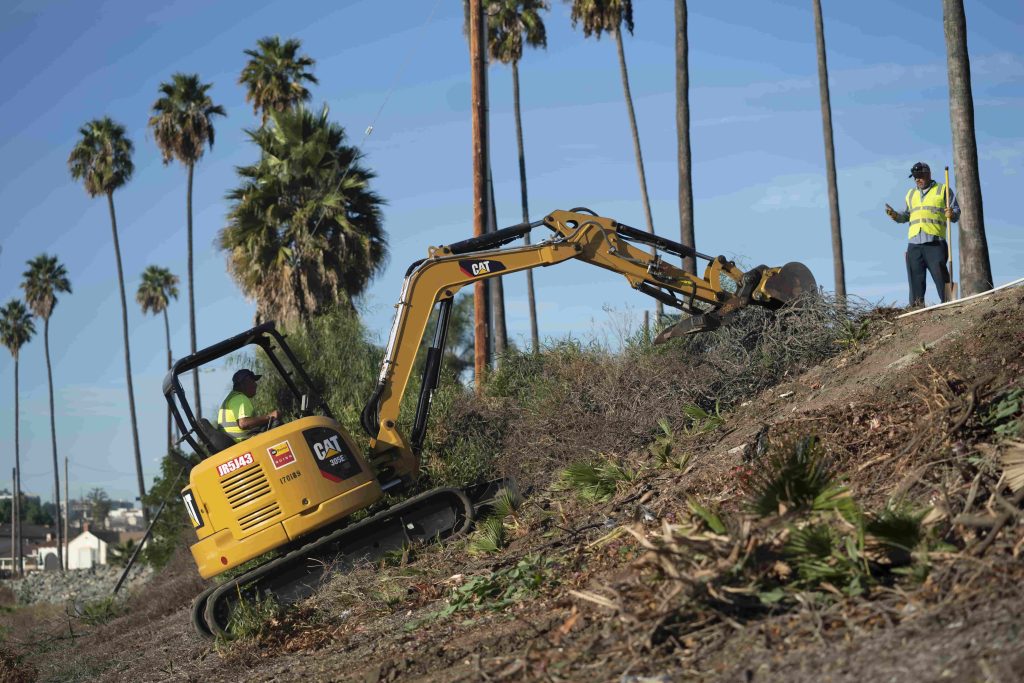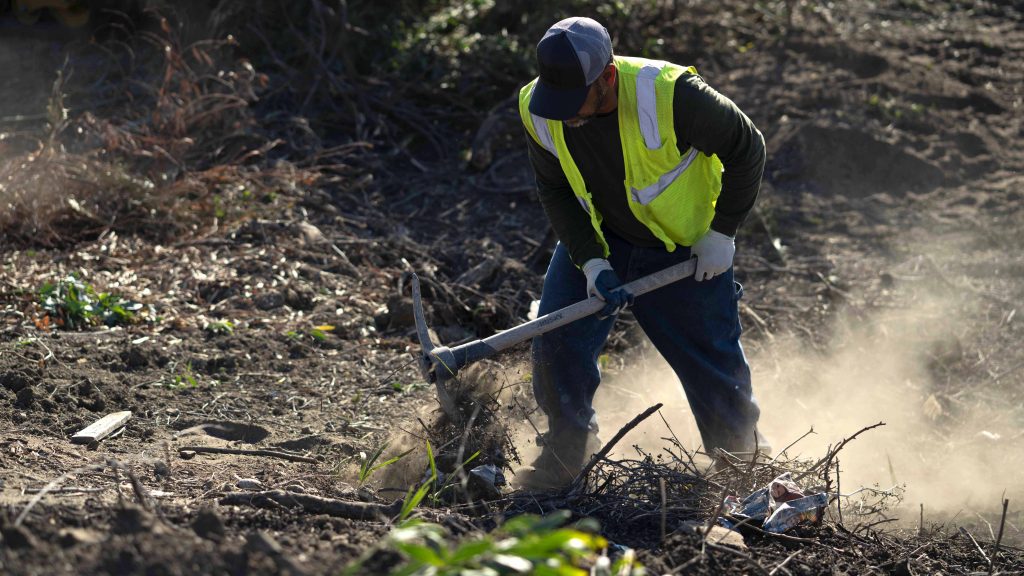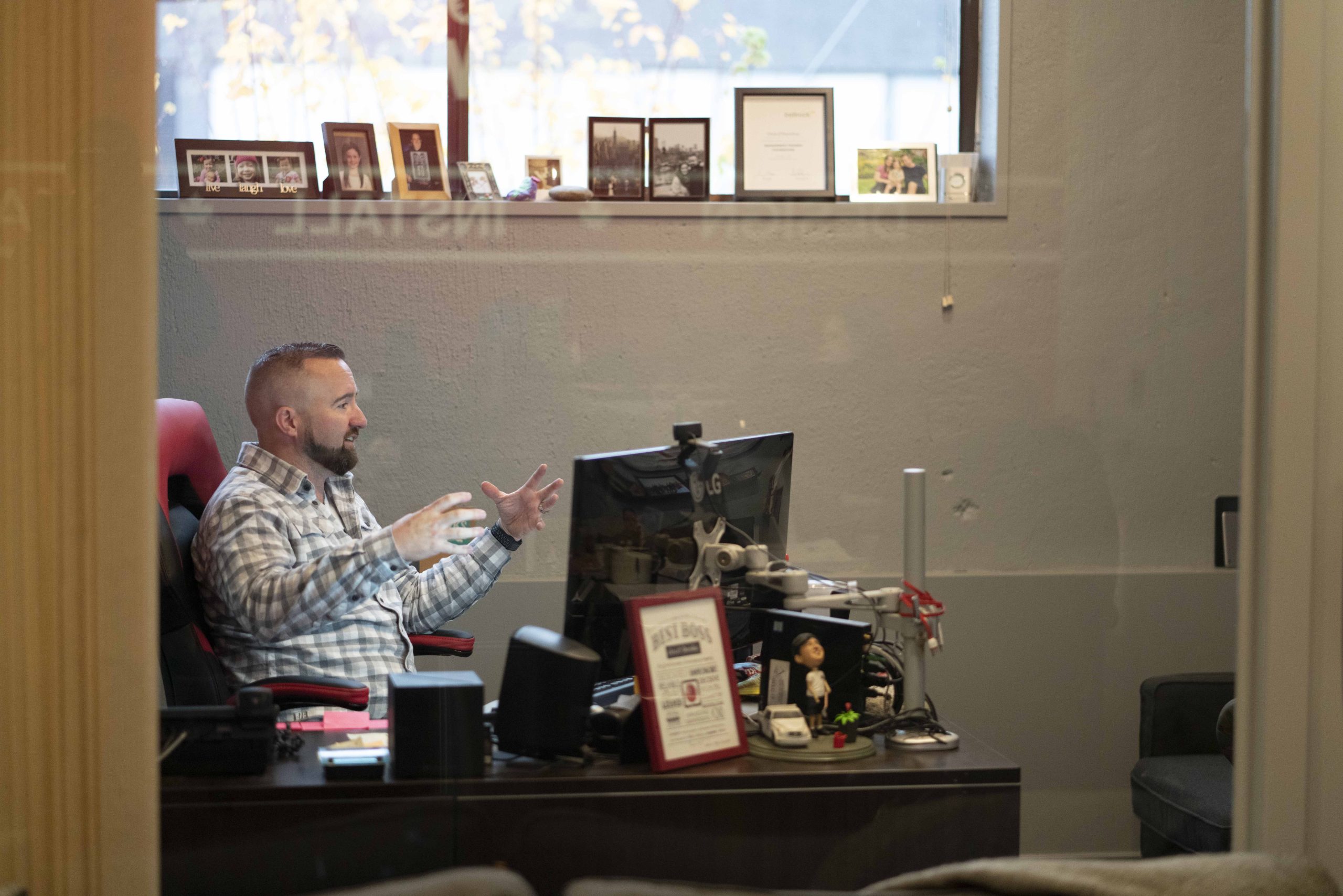Can you project a company wide budget, isolate by division and know the profit and loss of each crew? Read how Mark Bradley explains the exact budget planning he used to grow his landscape business to a multi-million dollar success story.
It’s this time of year I always preach about the value of a budget, and this year, I want to highlight three different budgets you should be considering to make the most of 2020 and beyond.
1. The Company Budget
What is it? A forecast Profit and Loss statement covering your whole company. Your operating budget is a summary of forecast revenue, minus forecast expenses (typically broken down by labor, equipment, materials, subs, and overhead) to create a plan (forecast) for a profitable year.
Biggest Challenges
The biggest challenge for most contractors is just taking the time to sit down and create their budget. Your first budget will be a learning experience – but once you understand how they are built and, more importantly, how they help you set profitable goals and metrics, you’ll wonder how you ever ran your business without one.
Biggest Benefits
- Establishes clear goals for sales
- Helps HR and hiring planning – giving you clear goals on the number of staff in each role and the wages you can afford to pay
- Creates an overhead recovery system (to ensure every job is priced right)
- Ensures jobs are priced accurately
- Reduces the stress and anxiety of not knowing whether you’re on the path to success/profit
2. The Division Budget
What is it? A forecast Profit and Loss statement covering one specific division of your company. Again, it’s a summary of revenue, minus expenses, but in the division budget your goal is to only include the revenue and the expenses for one specific division. With budgets for each division in your company, you are able to clearly see which services are profitable and which services need improvement.

Biggest Challenges
For many contractors, the first challenge is being able to isolate costs by division. Tracking revenue by division is simple, but many contractors don’t track and enter costs accurately enough to assign them to a specific division. Technology plays a big role in fixing these problems. Using a time tracking app and setting up your accounting software by division will solve most of the issues in divisional cost tracking.
Finding balance can also be a challenge. Track too little detail you still won’t be certain where you’re making/losing money. Track too much detail and it becomes too confusing for staff to track accurately. You end up a whole lot of data that no one trusts. This is worse than not having data at all. A good rule of thumb is to try to separate any division in your company that contributes more than 20% of your total revenue. Trying to track anything smaller than that is probably more work than its worth.
Splitting overhead can also present challenges. How do you split something like a utility bill or shop?
- allocate overhead by % of revenue (e.g. maintenance is 40% of revenue, so it gets 40% of overhead costs)
- allocate overhead by % of year (e.g. snow is 4 of 12 months so it gets 33% of overhead costs)
- finally, a more thoughtful approach where each overhead expense is looked at individually and split by “thoughtful assignment” – (e.g. the install division should recover 80% of our marketing costs, but the snow division should have to recover 70% of liability insurance)
Biggest Benefits
- Establishes clear goals for sales – by division
- Helps you focus on areas of strength (and work on or eliminate areas of weakness)
- Clearly shows which divisions need to raise prices and/or become more efficient
3. The Crew Budget
What is it? A forecast Profit and Loss statement built for one crew. It forecasts revenue and expenses for one specific crew. Revenue is projected by the amount of projects (design-build) or contracts (maintenance) completed by the crew in a year. Payroll expenses are forecast by number of staff (and hours/wages) in the crew, and other expenses (materials, subs and overhead) are forecast using the same percentages as your company budget (e.g. – if your company spends 27% of sales on overhead expenses, then 27% of the crew’s revenue is allocated to cover overhead expenses).

Biggest Challenges
Most contractors are scared to share too much information with crews. A crew budget doesn’t have to be too transparent. You can share your overhead as a % without actually spelling out your salary or other overhead salaries. You can easily create a balanced approach that shares enough information to motivate without going ‘open book’.
Some foreman will not like what they see. And you might lose them (or need to get rid of them). And that’s OK. Each crew needs to be able to contribute, not detract from, your bottom line.
Subjective statements like these are made perfectly clear with numbers:
- “I work tons of hours but don’t get paid what I’m worth.”
- Or “I don’t think this crew gets much work done”
Either the crew is beating the goals, or they’re not. If they’re not, their budget clearly demonstrates why its so essential that they do – without making the owner look greedy, unfair, or unjust.
Biggest Benefits
- It’s an amazing motivational tool –showing good foreman the financials that drive their success/failures will likely lead to never-before-seen levels of engagement and care
- It clearly shows who your best crews are… and which ones need training/development
- Helps identify foreman with the most potential… and those who are unlikely to ever succeed
- Crystallizes key performance metrics for each foreman
- Aligns field staff and ownership toward a common goal
- Becomes the foundation for an effective incentive/bonus system
I can’t stress enough how having these 3 budgets will change the way you manage your landscape company. If you’ve never built budgets for your company before – make 2020 the year – no, the decade – that you start.
Mark Bradley was the CEO of TBG Environmental, one of North America’s top 100 landscape contractors and is now the CEO of LMN – one of the largest software companies for landscape contractors. Want to learn more about building budgets for your landscape company? Learn from the best at https://golmn.com/workshops/.




